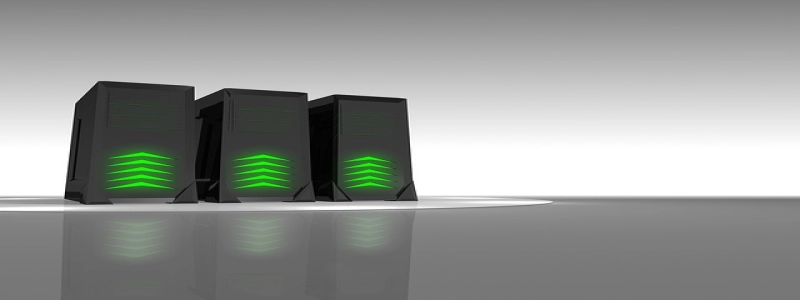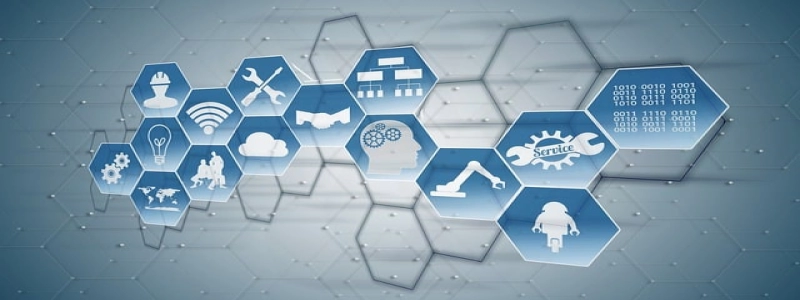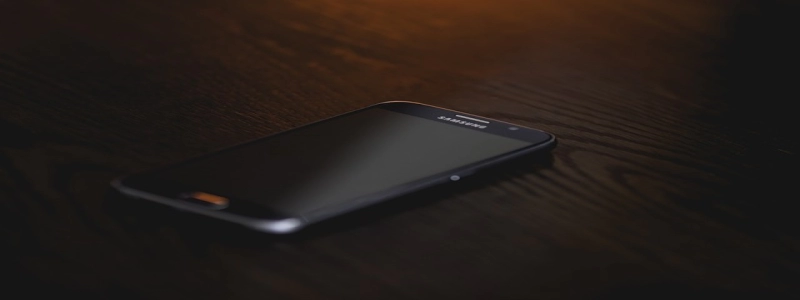3.2.3 connect fiber optic cables
Introduction:
In modern communication systems, fiber optic cables play a crucial role in transmitting high-speed data over long distances. Properly connecting these cables is essential to ensure efficient data transmission and prevent signal loss. In this section, we will discuss the process of connecting fiber optic cables in detail.
Section 1: Preparing for the connection
1.1 Cleaning the connectors:
Before connecting fiber optic cables, it is important to clean the connectors to remove any dust, dirt, or grease that may hinder the connection. Cleaning can be done using specialized cleaning solutions and lint-free wipes.
1.2 Inspecting the connectors:
Inspecting the connectors is crucial to identify any physical damage, such as scratches or bent pins, which can affect the quality of the connection. It is recommended to use a microscope or a video inspection system for a detailed inspection.
Section 2: Connecting fiber optic cables
2.1 Strip the cable jacket:
Strip the outer jacket of both fiber optic cables using a cable stripper, ensuring not to damage the inner fibers. This exposes the fibers for further connection.
2.2 Cleaning the fibers:
Clean the fiber ends using lint-free wipes and cleaning solution to remove any contaminants. It is important to be gentle to avoid damaging the delicate fiber ends.
2.3 Cleaving the fibers:
Using a precision cleaver, make a clean and perpendicular cut at the end of each fiber. This step is crucial to achieve a low-loss connection.
2.4 Splicing/Connectorization:
There are two common methods for connecting fiber optic cables: splicing and connectorization.
2.4.1 Splicing:
Splicing involves permanently joining two fiber optic cables by melting and fusing their ends together. There are two types of splicing: fusion splicing and mechanical splicing. Fusion splicing uses an electric arc to melt and fuse the fiber ends, while mechanical splicing uses alignment structures to secure the ends together.
2.4.2 Connectorization:
Connectorization involves attaching connectors to the fiber ends, allowing for easy and temporary connection. Connectors can be of various types, such as LC, SC, or ST, and they need to be carefully aligned and inserted into the connectors to ensure a proper connection.
Section 3: Testing and verification
After connecting fiber optic cables, it is crucial to test the connection for proper functionality and performance. Various tests, such as insertion loss measurement and return loss measurement, can be performed using specialized equipment to verify the quality of the connection.
Conclusion:
Connecting fiber optic cables requires careful preparation, cleaning, and inspection to ensure a proper and reliable connection. Whether through splicing or connectorization, the process should be done meticulously to minimize signal loss and achieve optimal data transmission.







